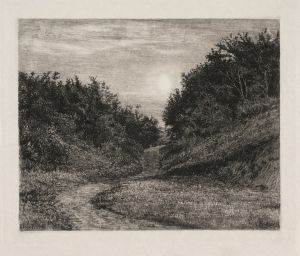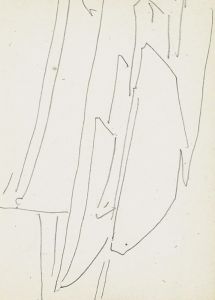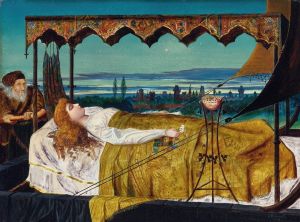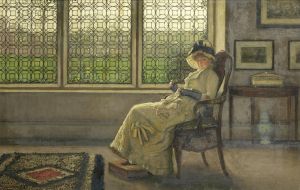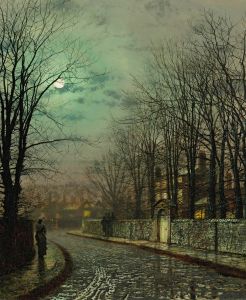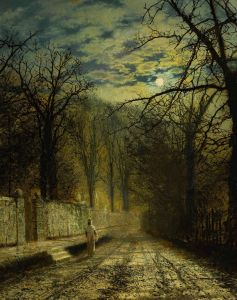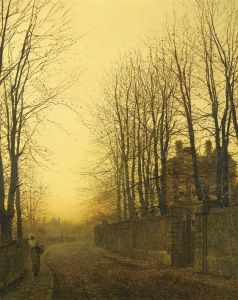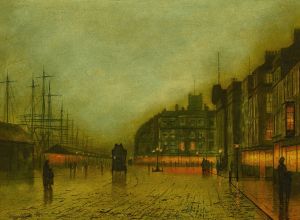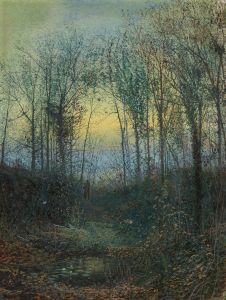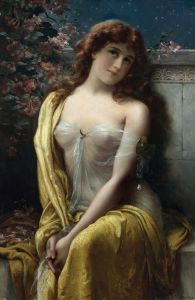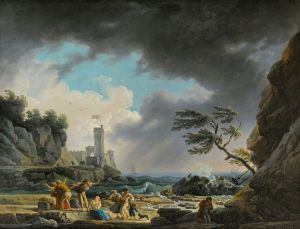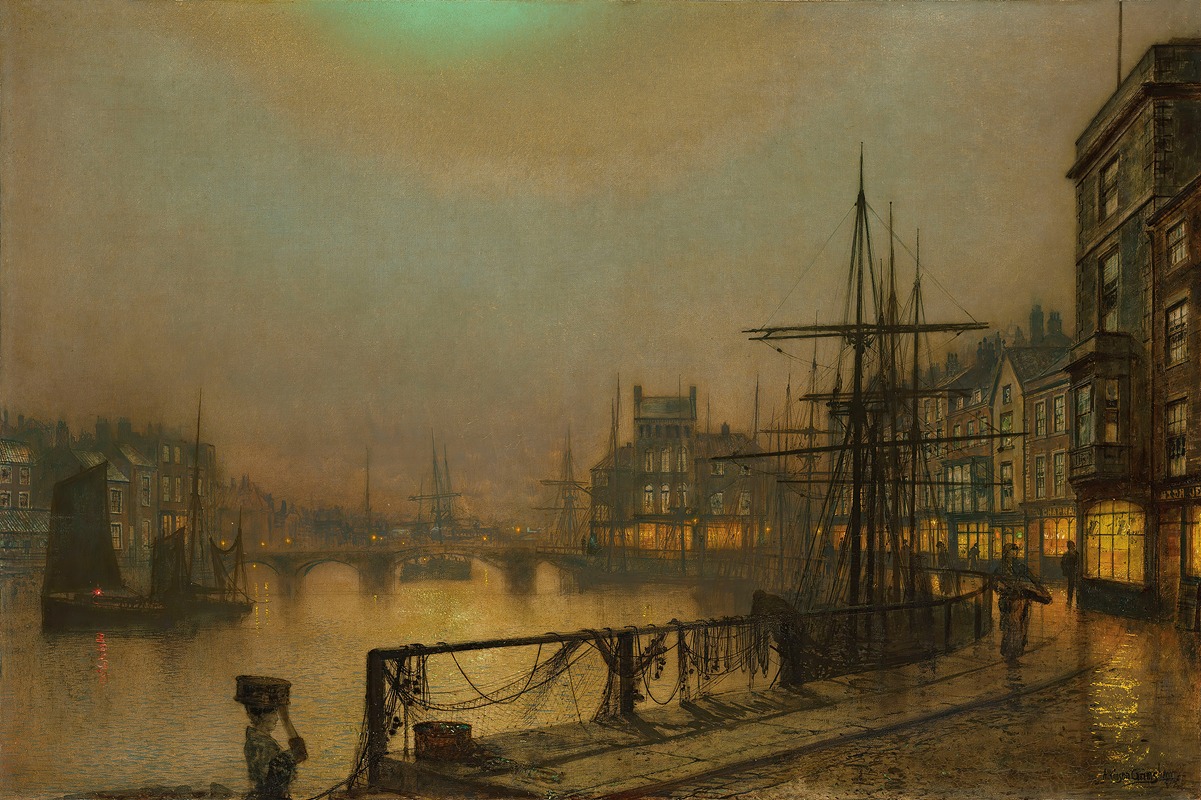
Whitby at night
A hand-painted replica of John Atkinson Grimshaw’s masterpiece Whitby at night, meticulously crafted by professional artists to capture the true essence of the original. Each piece is created with museum-quality canvas and rare mineral pigments, carefully painted by experienced artists with delicate brushstrokes and rich, layered colors to perfectly recreate the texture of the original artwork. Unlike machine-printed reproductions, this hand-painted version brings the painting to life, infused with the artist’s emotions and skill in every stroke. Whether for personal collection or home decoration, it instantly elevates the artistic atmosphere of any space.
John Atkinson Grimshaw was a renowned British painter known for his evocative and atmospheric depictions of urban and suburban scenes, particularly under moonlight. One of his notable works is "Whitby at Night," which exemplifies his mastery in capturing the mood and essence of nighttime settings.
Grimshaw was born on September 6, 1836, in Leeds, England. He initially worked as a clerk for the Great Northern Railway before pursuing a career in art. By the 1860s, he had established himself as a professional artist, gaining recognition for his detailed and atmospheric paintings. Grimshaw's work is often associated with the Pre-Raphaelite Brotherhood due to his attention to detail and use of color, although he was not formally a member of the group.
"Whitby at Night" is one of Grimshaw's many paintings that focus on the interplay of light and shadow, a hallmark of his style. While specific details about the creation of "Whitby at Night" are limited, it is consistent with Grimshaw's fascination with nocturnal scenes. Whitby, a coastal town in North Yorkshire, England, provides a picturesque setting that Grimshaw captures with his characteristic attention to detail and mood.
The painting likely depicts the town of Whitby under the glow of moonlight, a common theme in Grimshaw's work. His ability to render the subtle nuances of light reflecting off wet streets and buildings creates a hauntingly beautiful atmosphere. Grimshaw's technique often involved the use of thin glazes over a primed canvas, allowing him to achieve a luminous quality in his night scenes.
Grimshaw's work, including "Whitby at Night," is celebrated for its ability to evoke a sense of nostalgia and tranquility. His paintings often feature deserted streets, quiet harbors, and serene landscapes, inviting viewers to immerse themselves in the quiet beauty of the scene. The moodiness of his nightscapes is enhanced by his meticulous attention to architectural details and natural elements, such as trees and water.
Throughout his career, Grimshaw remained dedicated to his unique style, despite changes in the art world during his lifetime. His work was well-received by the public, and he enjoyed commercial success. However, he did not receive significant critical acclaim during his lifetime, as his style was considered somewhat out of step with the avant-garde movements of the time.
John Atkinson Grimshaw passed away on October 13, 1893, in Leeds. Today, his paintings are highly regarded and continue to be appreciated for their atmospheric qualities and technical skill. "Whitby at Night," like many of his works, remains a testament to Grimshaw's ability to capture the quiet beauty of the night and the subtle interplay of light and shadow. His legacy endures as one of the foremost painters of Victorian England, particularly in the genre of nocturnal scenes.







